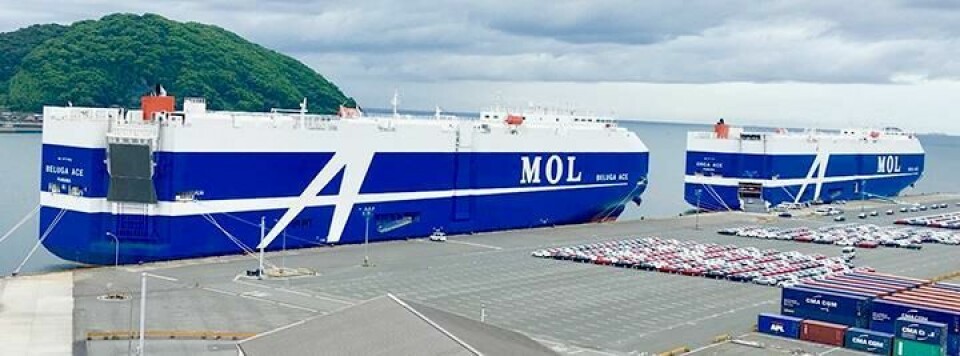MOL uses AI to more efficiently allocate car carriers
Mitsui OSK Lines (MOL) is using a new artificial intelligence (AI) tool to plan the allocation of car carrier vessels across its global network.
The company operates around 100 ocean going car carriers (as part of an overall fleet of around 740 vessels) with an average unit capacity of 5,000 vehicles per ship.

The latest technology is designed to put vessels on the most efficient routes. According to the company, that involves using an algorithm to simulate transport routes for individual vessels several months in advance of their actual deployment, which adds up to millions of possible combinations.
MOL Information Systems, a division of the company, worked with Osaka University on an algorithm that selects the best allocation plan from millions of alternatives. The company said the introduction of the system makes decision making easier and makes the allocation of car carrying vessels more flexible, allowing the company to quickly respond to changes in transport demand.
The deployment of the system follows a study into car carrier allocation and loading that MOL and Osaka University’s Graduate School of Information Science and Technology carried out in 2019.
MOL also started development of a cargo loading plan support system using the same mathematical optimisation model. Between March and April this year the company ran a demonstration test for an automated system to load and unload a car carrying vessel – the Sunflower Shiretoko – in the Japanese port of Oarai. Working with Tokyo University and Akishima Laboratories, MOL used simulations to conduct a thorough safety assessment under various conditions.
In addition, the team conducted the demonstration test and a verification of safety on the vessel in service by autonomously berthing and un-berthing at a virtual pier projected on the water.
The company said that more efficient loading and deployment of its fleet using the AI systems would lead to reduced fuel consumption per unit transported, enabling the company to meet stringent sustainability goals in line with its digital transformation of the business.





